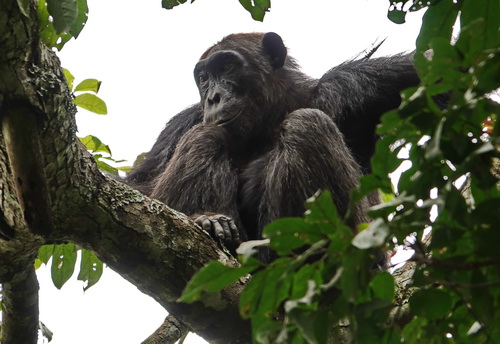| Kyambura Game Reserve | |
|---|---|
 Chimpanzee at Kyambura Game Reserve | |
 | |
| Location | Rubirizi district |
| Nearest city | Kasese Town |
| Coordinates | 0°08′13″S30°05′02″E / 0.137°S 30.084°E |
| Area | 156 square units[ clarification needed ] |
| Max. elevation | 1100m |
| Min. elevation | 700m |
| Established | 1965 |
| Governing body | Uganda Wildlife Authority |
| World Heritage site | 1965 |
Kyambura Game Reserve or Chambura Game Reserve, which includes the Kyambura Gorge, adjoins the Queen Elizabeth National Park in Uganda. It is home to a variety of wildlife. The area is an important water source for many animals and is surrounded by savanna, but is generally noted for its high concentration of primate life located in the gorge. [1]

